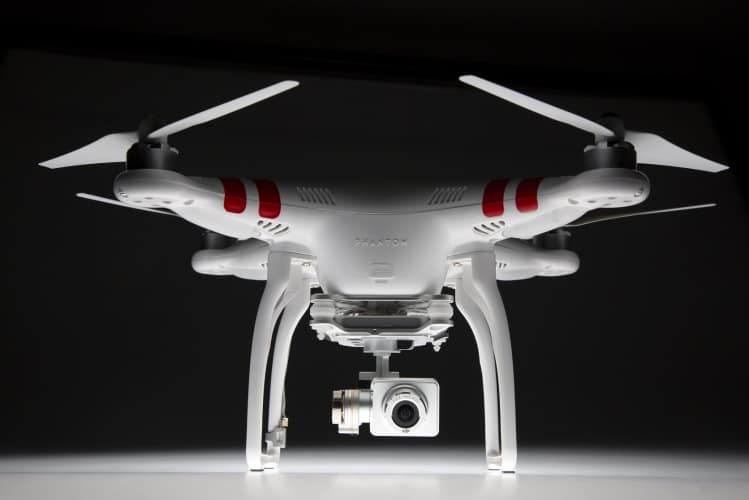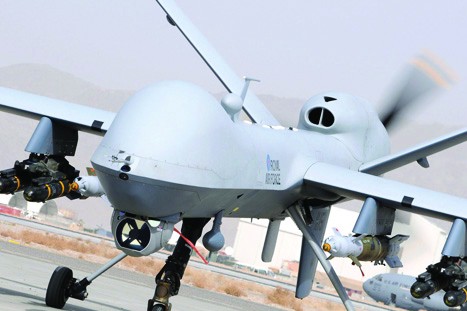With summer once more rudely hustled out of the door by the premature Christmas countdown there’s nevertheless a real buzz about this year’s festive season. Or perhaps that should be a high-pitched whine. Because this year promises to be the year of the drone.
Originally developed for the defence industry, drones - or unmanned air systems (UAS) - have been available as consumer devices for a couple of years now but many observers believe 2014 could be the year that the technology really takes off (sorry about that).

A quick google search uncovers a range of devices, mainly quadcopters, with a staggering range of capabilities. Indeed, just a couple of hundred pounds gives you access to kind of remotely operated, GPS enabled systems that once only the military had access to. High street technology chain Maplins – which now sells a wide range of devices - even features one of the vehicles in its latest tv advertising campaign.
It’s not difficult to see why the technology is generating so much excitement. The ability to hover above your home and shoot your own aerial movies will be attractive to many. Whilst the semi-autonomous behaviour of some current devices - for instance the ability to use GPS to pre-programmed routes – further broadens the technology’s appeal.
What’s more, the build-your-own drone kits that are now widely available are a great way to enthuse young people about the wonders of engineering, and teach them the kind of hands-on skills that they’ll rarely learn from a games console.
The problem is, that with these capabilities comes the potential for trouble, and the kind of systems that are now widely available have some obvious and far less benign potential applications.
Two recent football-related incidents highlight the technology’s potential to cause disruption. Earlier this month, the arrival of a drone carrying an Albanian flag sparked angry scenes at an Albania v Serbia football match. Closer to home, a man was arrested after flying a drone over Manchester City’s ground during a game against Tottenham.
Meanwhile, a report on drones published this week by the University of Birmingham Policy Commission – which is chaired by former director of GCHQ Prof David Omand - raises the terrifying prospect that terrorist groups could potentially use small, commercially available vehicles to mount attacks in the UK. ‘Fast, cheap, available micro RPA (remotely piloted aircraft), in particular, are difficult to defend against, given their ability to fly past and over obstacles to find their target,’ claims the report.
Clearly, there are genuine public safety concerns here, and as the policy commission’s report argues, preventing the technology being used for criminal purposes represents a major challenge.

Winning this battle should also be a major priority for the UK’s wider UAV industry – which is keen to open up civil airspace to large unmanned air vehicle in order to make it easier to test and develop an area of technology that is of growing importance to the UK economy.
As one of those attending a roundtable on the topic hosted by The Engineer back in 2012 claimed, the irresponsible use of widely available consumer drones could irrevocably damage public opinion and hold back development of this emerging area of industry.











Water Sector Talent Exodus Could Cripple The Sector
Well let´s do a little experiment. My last (10.4.25) half-yearly water/waste water bill from Severn Trent was £98.29. How much does not-for-profit Dŵr...